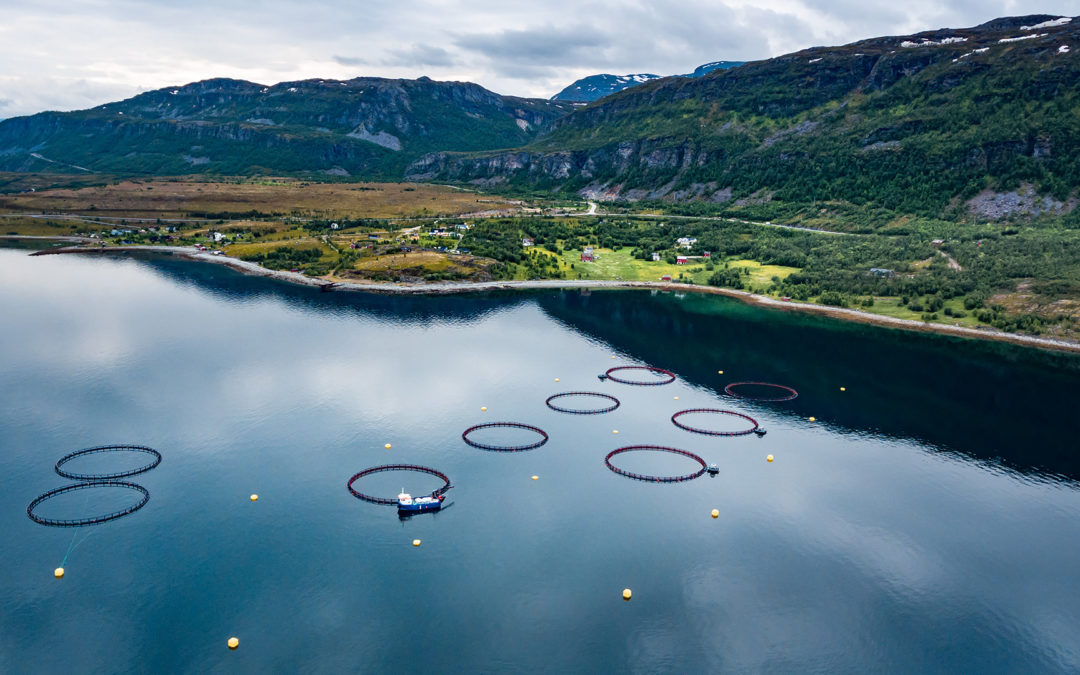Establishing algae as a foundational raw material for tomorrow’s low-carbon economy is not only a primary commercial objective for Pond, but a crucial paradigm shift for the planet.
From the global epidemic of plastic pollution, to the immeasurable waste of natural resources in our current production models, to the unsustainable levels of carbon dioxide changing our planet’s atmosphere, the need for sustainable alternatives is glaringly urgent.
Reaching this goal will require both technological innovation and a series of commercial adaptations, a practical evolution that must be economically-viable while also having the greatest possible impact.
Some of the best candidates for this transition are the animal feed and aquaculture industries.
While industrial farming has delivered an abundant and relatively affordable meat supply to many regions of the world, the downside of industrial livestock farming is well documented. The resources required to get protein from cattle are not only inefficient from an input/output perspective, but are straining the planet in very absolute ways.
In the last decade, there has been a shift towards aquatic protein options. 2012 was the first year that global aquaculture exceeded beef production, and the trend has been continuing ever since.
Despite aquaculture having some environmental benefits over terrestrial livestock farming, rising populations and the global shift to western-style, high-protein diets are putting pressures on both traditional capture fishing and aquaculture farming. The demand for aquatic protein is now outgrowing the supply capabilities of both our oceans and current aquatic farming practices.
Feeding farmed-fish: current model is a heavy burden on our oceans
These resource pressures dive deeper below the surface than most realize. The large majority of farmed seafood are “fish fed” species – fish that eat other fish. That means that popular players like salmon, trout, bass and shrimp are carnivorous (or more specifically, piscivorous) and generally need to be fed “aquafeed” like fish meal or fish oil.
Feeding fish other fish just so that we can eat some fish. Approximately 20 million tons per year of anchovies, herring and other species are caught and processed into aquafeed to feed our farmed salmon and shrimp. This study shows that 90% of these are actually high-grade fish that could be used for human consumption. So not only are we pillaging our natural ocean reserves just to meet our demand for farmed-fish, but are also diverting away tens of millions of pounds of perfectly good fish protein that could otherwise be used to feed people and help with global food insecurity.
So we have a perfect storm of increased demand for aquatic protein, an increase in aquaculture production to meet this demand, and a natural ecosystem of fish feed that is wasteful and cannot support the predicted increase in demand.
Enter Pond’s Algae.
The global aquaculture market is expected to hit USD 224.2 billion by 2022, so the commercial opportunities in the aquafeed market are substantial. But in keeping with Pond’s model of doing well while also doing good, inserting algae into the aquaculture mix can have both a positive economic and environmental impact.
Algae has one of the best protein and amino acid profiles of all plant-based aquafeed alternatives. The fish and animal feed industry have been using algae additives for years, but high costs and operational barriers have always restricted supply and thus a wider move towards more sustainable options. Until now.
Pond’s plan to make algae an affordable and accessible option promises to help transform a major and impactful industry. Stay tuned for the next chapter of the Pond Story for more on Pond’s move towards supplying sustainable options for the animal feed industry.

